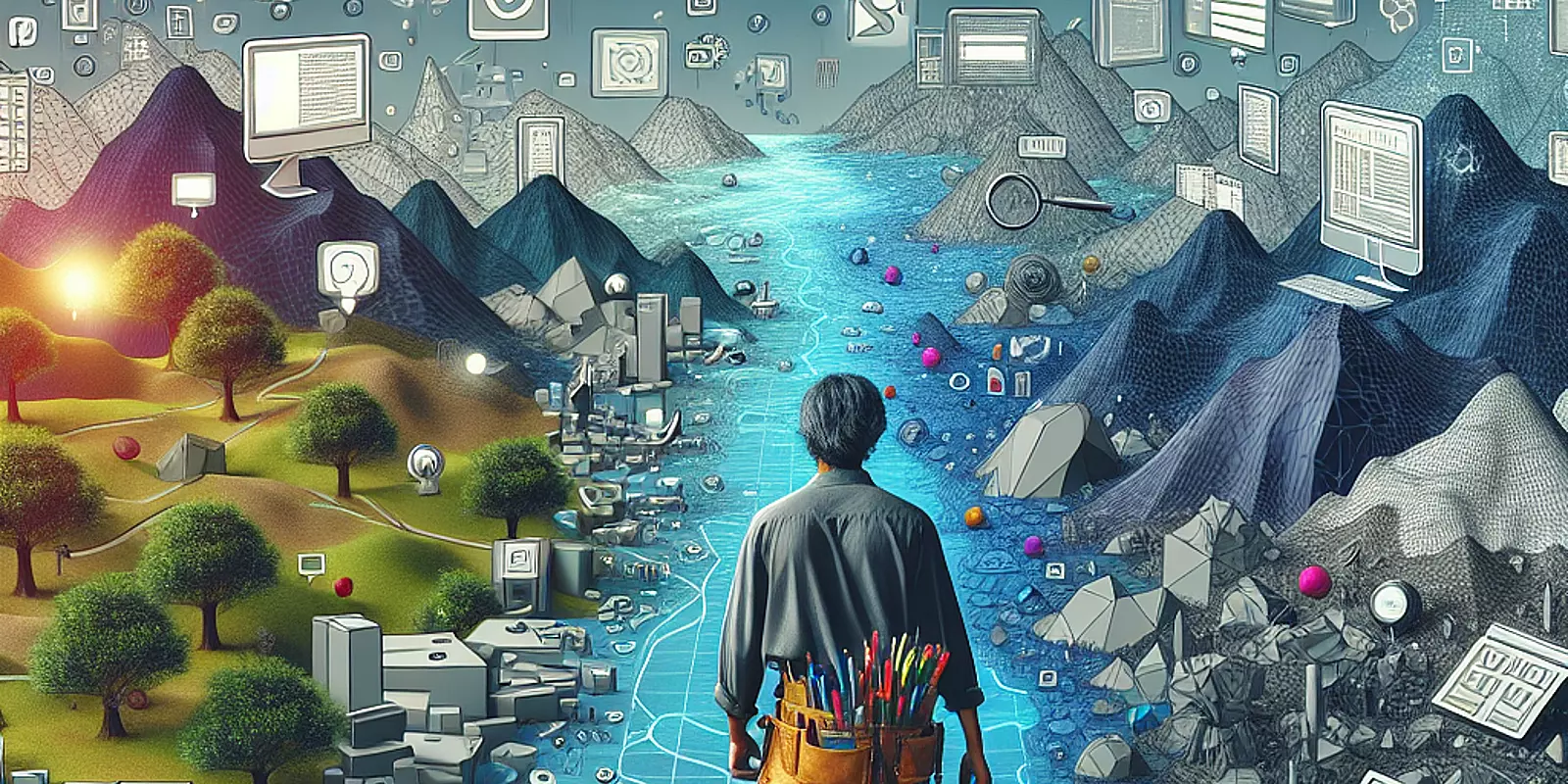
The realm of 3D design is undergoing a remarkable transformation, reshaping how professionals in the creative industry approach their work. This article delves into these changes, focusing on how creatives can adapt and make the most of new tools and technologies to redefine their roles in a competitive market.
The landscape of 3D software has vastly changed due to technological advancements and the growing need for versatile design tools. Traditionally, platforms like 3DS Max were the go-to for complex projects, offering powerful features but also posing challenges with their steep learning curves and high costs. Nowadays, the field includes open-source platforms like Blender and user-friendly tools such as SketchUp, marking a pivotal shift for industry professionals. These innovations highlight the importance of adapting to new technologies to thrive in today's market. By expanding their skills, designers and architects can meet diverse project demands and collaborate more effectively, unlocking fresh opportunities in the dynamic world of digital creativity.
In the creative industry, staying updated with the latest in 3D modeling software is crucial. Tools like 3DS Max, Blender, and SketchUp each bring unique strengths to the table.
3DS Max remains essential for high-end modeling and rendering, especially in architectural visualization and game development. Its advanced features allow for intricate modeling, evidenced by life-like urban planning models and immersive game environments that captivate audiences worldwide.
Blender has positioned itself as a powerful alternative, celebrated for its flexibility as an open-source tool with a thriving community. Studios and freelancers use Blender to revolutionize workflows, cutting costs while maintaining quality. The success of XYZ Animation Studio, which utilized Blender to enhance its production capabilities and market reach, underscores this transformative impact.
SketchUp is renowned for its ease and efficiency in rapid prototyping, especially in architectural design. It's a favorite for competitive architectural contests that require swift and intuitive concept model development.
Understanding the strengths and limitations of these tools is vital for aligning skills with market needs and charting successful career paths in the creative industry.
Despite new entrants in the market, careers utilizing 3DS Max remain robust, particularly in sectors like architectural visualization and gaming. Its compatibility with top-tier rendering engines such as V-Ray and Corona ensures high-quality client presentations, securing its reputation for precision and excellence. Professionals with expertise in 3DS Max continue to find stability and success, blending tool adaptability with enduring strengths.
The success of Blender arises from its open-source nature and supportive community, fostering innovation and collaboration. Professionals often benefit from transitioning to Blender, as highlighted by Green Light Studio, which optimized its workflow and reduced costs while expanding collaborative potential. This community-driven approach continuously pushes industry boundaries.
As the creative landscape rapidly evolves, it is crucial for professionals to diversify their skills across various software platforms. Projects now demand interdisciplinary expertise, merging game design with architectural visualization principles, as seen in projects like Interactive Dome Exhibits. A diverse skill set showcased in a robust portfolio demonstrates adaptability and innovation, preparing individuals for new challenges.
Adaptability and strategic positioning are key in the ever-evolving world of 3D software. The rise of tools like Blender suggests a shift towards more flexible, cost-effective workflows. Moreover, trends such as AI integration within design processes promise to revolutionize creativity. By staying ahead of these innovations, creatives can increase efficiency and access new opportunities. Those who blend technological proficiency with market insight position themselves as invaluable, ready to navigate future challenges and seize new opportunities in the age of digital creation.